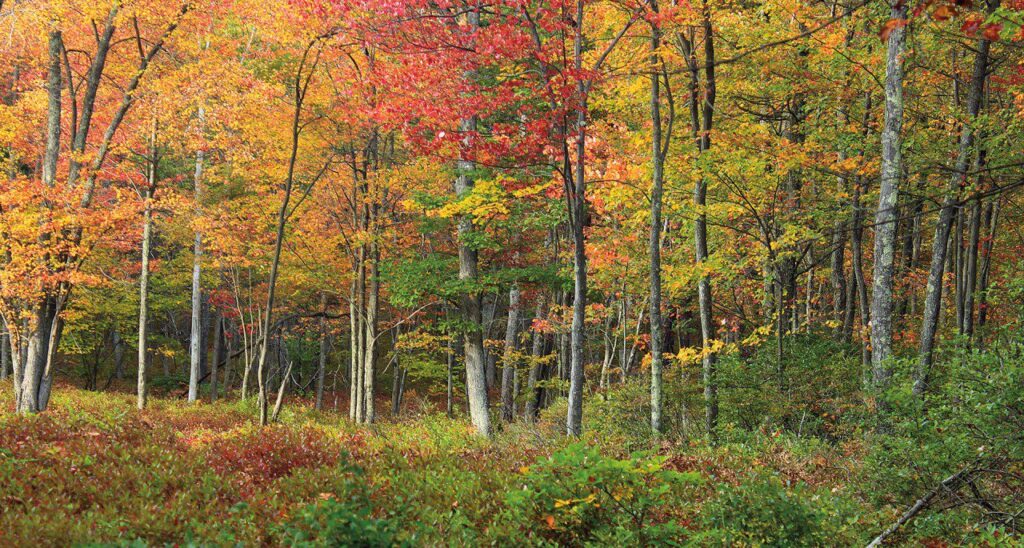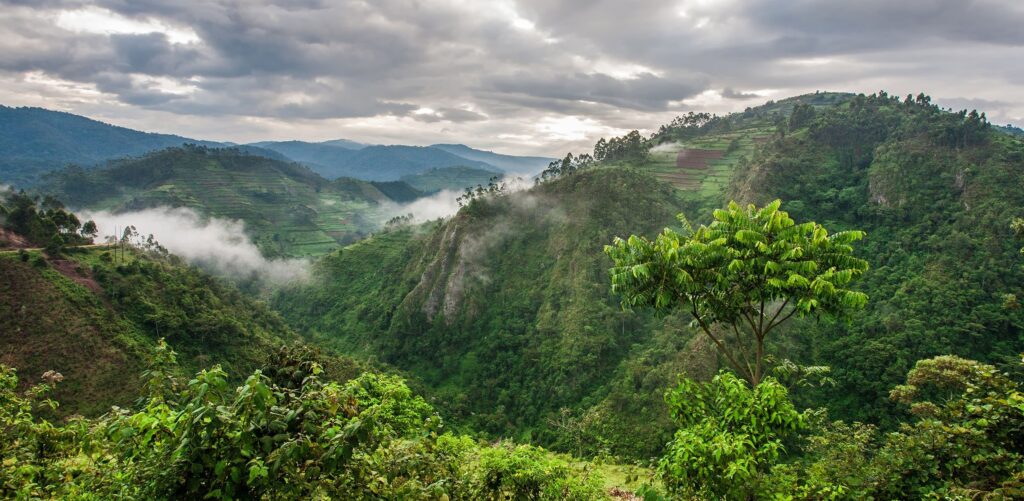Forest Biomes: Nature’s Green Haven
Introduction
Definition of Forest Biomes:
Forest biomes refer to large geographic areas dominated by trees and other woody vegetation. These ecosystems are classified based on climate, vegetation, and geographical location. From the dense canopies of tropical rainforests to the snow-covered expanses of boreal forests, each biome offers a unique tapestry of life.
Importance of Forests:
Forests are not merely collections of trees; they are dynamic ecosystems that support an incredible array of flora and fauna. Beyond their ecological significance, forests contribute to climate regulation, water purification, and provide resources for human livelihoods. The interdependence of species within these biomes forms a delicate balance that sustains life on Earth.
Types of Forest Biomes
Tropical Rainforests:
Known for their high rainfall and consistent temperatures, tropical rainforests are biodiversity hotspots. The Amazon Rainforest, for instance, teems with an astonishing variety of plant and animal species, many of which are yet to be discovered.

Temperate Forests:
Marked by distinct seasons, temperate forests experience moderate temperatures and precipitation. Deciduous trees, shedding their leaves in autumn, characterize these biomes. The forests of North America and Europe are classic examples.

Boreal Forests:
Stretching across the northern latitudes, boreal forests endure harsh winters and short growing seasons. Coniferous trees like spruce and fir dominate this biome, adapted to survive in cold climates.

Montane Forests:
Found in mountainous regions, montane forests showcase adaptations to high altitudes. These biomes play a crucial role in maintaining water cycles and provide unique habitats for specialized species.

Flora and Fauna
Biodiversity in Forest Biomes:
Forest biomes harbor an incredible diversity of life. From microscopic organisms in the soil to majestic predators in the canopy, the interconnected web of life in these ecosystems is awe-inspiring.
Unique Species:
Endangered and endemic species often find refuge in the secluded niches of forest biomes. The elusive snow leopard in the Himalayan montane forests and the vibrant poison dart frogs in tropical rainforests are examples of species intricately linked to their forest habitats.


Adaptations to the Environment:
Plants and animals in forest biomes have evolved unique adaptations to thrive in their specific environments. Camouflage, symbiotic relationships, and specialized feeding habits are just a few examples of the intricate strategies employed by species to survive.
Threats to Forest Biomes
Deforestation:
One of the most pressing challenges facing forest biomes is deforestation. The clearing of vast areas for agriculture, logging, and urbanization disrupts ecosystems, leading to the loss of biodiversity and contributing to climate change.
Climate Change:
Rising temperatures and altered precipitation patterns pose a significant threat to forest biomes. Shifts in climate can disrupt the delicate balance of these ecosystems, affecting the distribution of species and leading to habitat loss.
Invasive Species:
The introduction of non-native species can have devastating effects on forest ecosystems. Invasive plants and animals can outcompete native species, leading to a decline in biodiversity and ecosystem function.
Conservation Efforts
Reforestation:
Efforts to combat deforestation include large-scale reforestation projects. Planting native trees helps restore habitats, sequester carbon, and mitigate the impacts of climate change.
Sustainable Logging Practices:
Recognizing the importance of forests for timber and other resources, there is a growing emphasis on sustainable logging practices. Certification programs ensure that logging operations adhere to environmental and social standards.
Protected Areas and Reserves:
Establishing protected areas and reserves is crucial for preserving the integrity of forest ecosystems. These areas serve as havens for wildlife, allowing populations to thrive and maintaining genetic diversity.
Human Interaction with Forests
Indigenous Communities:
Many indigenous communities have lived in harmony with forest biomes for centuries. Their traditional knowledge and sustainable practices offer valuable insights into coexisting with nature.
Ecotourism:
The allure of forest biomes attracts nature enthusiasts from around the world. Ecotourism, when managed responsibly, can contribute to conservation efforts and provide economic benefits to local communities.
Impact on Indigenous Knowledge:
As modernization encroaches on traditional lands, there is a risk of losing the wealth of knowledge held by indigenous communities. Preserving both the forests and the cultural heritage of these communities is paramount.
Future Outlook
Technology in Forest Conservation:
Advancements in technology, including satellite imagery and artificial intelligence, hold promise for enhancing forest conservation efforts. These tools enable more accurate monitoring and assessment of forest health.
Global Initiatives:
International collaborations and agreements are essential for addressing the global nature of forest conservation. Initiatives like REDD+ (Reducing Emissions from Deforestation and Forest Degradation) aim to incentivize developing countries to protect their forests.
The Role of Public Awareness:
Raising awareness about the importance of forest conservation is key to garnering public support. Education and outreach programs can empower individuals to make sustainable choices and advocate for policies that protect forest ecosystems.
Conclusion
In conclusion, forest biomes are intricate ecosystems that deserve our attention and protection. As we navigate the challenges posed by deforestation, climate change, and biodiversity loss, it is crucial to recognize the interconnectedness of all life on Earth. By implementing sustainable practices, supporting conservation efforts, and respecting the wisdom of indigenous communities, we can ensure that these green havens continue to thrive.
FAQs
Why are tropical rainforests considered biodiversity hotspots?
~ Tropical rainforests have consistently high temperatures and rainfall, creating ideal conditions for a vast array of plant and animal species to coexist.
How does deforestation contribute to climate change?
~ Deforestation releases stored carbon dioxide into the atmosphere, contributing to the greenhouse effect and global warming.
What is REDD+ and how does it work?
~ REDD+ is a program that financially incentivizes developing countries to reduce emissions from deforestation and forest degradation while promoting sustainable forest management.
How do indigenous communities contribute to forest conservation?
~ Indigenous communities often possess traditional knowledge and sustainable practices that are essential for maintaining the health of forest ecosystems.
Can technology truly aid in forest conservation?
~ Yes, technology such as satellite imagery, remote sensing, and artificial intelligence plays a vital role in monitoring, assessing, and conserving forested areas.